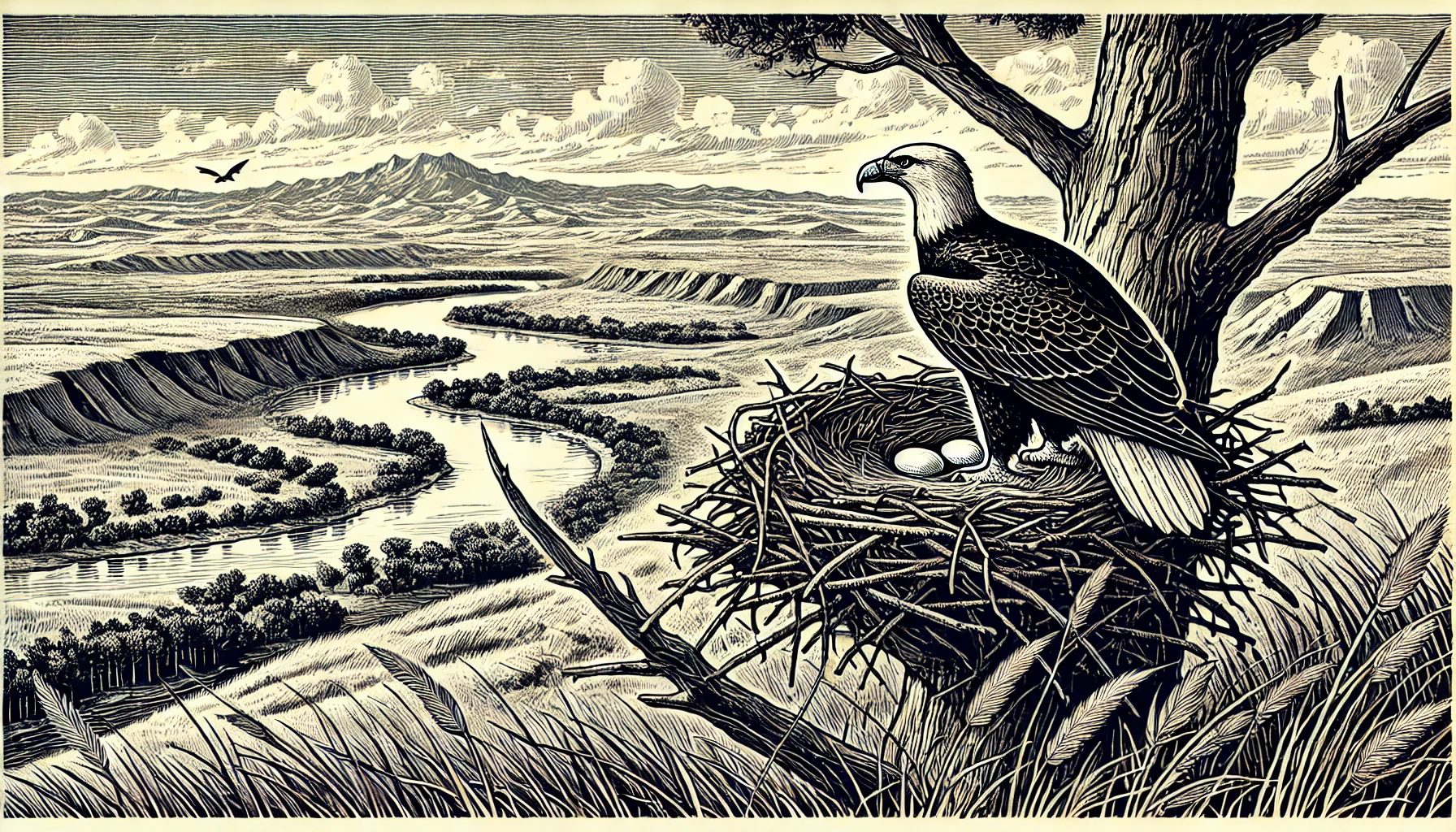Traveling Through Nebraska: The Transcontinental Railroad

The Transcontinental Railroad, completed on May 10, 1869, was a groundbreaking engineering achievement that revolutionized travel and trade in the United States. Spanning over 1,912 miles, the railroad connected the East and West coasts of the country, linking the established rail network in Omaha, Nebraska to the Pacific coast in Sacramento, California. The construction of the Transcontinental Railroad was a monumental task that required the labor of thousands of workers, who worked tirelessly to overcome the harsh terrain and unpredictable weather conditions of the Great Plains.
One of the most significant challenges faced by the builders of the Transcontinental Railroad was navigating the rugged terrain of the Rocky Mountains. To overcome this obstacle, the Union Pacific Railroad, the company responsible for building the eastern portion of the railroad, employed a new technique called "cut and fill." This involved excavating deep cuts in the hills and filling in the valleys to create a relatively flat surface for the railroad tracks. The most notable example of this technique can be seen in the Dale Creek canyon in Wyoming, where the railroad tracks wind their way through a narrow and steep gorge.
The Union Pacific Railroad also faced numerous logistical challenges during the construction of the Transcontinental Railroad. One of the most significant of these was the transportation of supplies and equipment to the remote construction sites. To overcome this challenge, the company built a series of supply depots and warehouses along the route, which provided a steady supply of food, water, and equipment to the workers. The largest of these depots was located in North Platte, Nebraska, which became a key hub for the transportation of supplies and equipment to the construction sites.
Another significant aspect of the Transcontinental Railroad was its impact on the development of the Great Plains region. Prior to the construction of the railroad, the region was largely uninhabited, with the exception of a few small Native American tribes. However, with the arrival of the railroad, the region was suddenly opened up to settlement and development. The city of Omaha, Nebraska, which was the eastern terminus of the railroad, experienced rapid growth and development, becoming a major hub for trade and commerce. Other cities, such as Cheyenne, Wyoming, and Laramie, Wyoming, also experienced significant growth and development as a result of the railroad.
One of the most notorious examples of the effect the Transcontinental Railroad had on the relationships between Native American tribes and American settlers is the case of the Cheyenne and Arapaho tribes. The construction of the railroad had cut directly through the land granted to these tribes by the U.S. government, while simultaneously expanding the borders of Nebraska and providing easier access to the tribal lands. The conflicts arising from these developments led to multiple skirmishes and battles throughout Nebraska and other Western states.
In recognition of its historic significance, the Transcontinental Railroad was designated as a National Historic Trail in 1992. Today, visitors can view remnants of the original railroad tracks and buildings at various museums and landmarks along the route, including the Golden Spike National Historical Park in Promontory Summit, Utah. Additionally, the Transcontinental Railroad is commemorated in Omaha's Durham Museum and the Union Pacific Railroad's own historic archives, which contains documents, photographs, and other historical items.
The construction of the Transcontinental Railroad showcased American ingenuity and engineering skills and forged critical connections between regions, communities, and states, further knitting the complex tapestry of Nebraska history. Nebraska, right in the center of this great railroad, continues to gain economically, culturally, and socially from the paths laid down in its rich and unblinking past.
After its initial completion, numerous difficulties arose from differing track gauges used by the eastbound Union Pacific Railroad and westbound Central Pacific Railroad. Track gauge problems made interconnection between different railroads almost impossible, which created unforeseen and unfortunate setbacks to further national growth and unified exchange across such a far-flung landmass.
One of the most significant challenges faced by the builders of the Transcontinental Railroad was navigating the rugged terrain of the Rocky Mountains. To overcome this obstacle, the Union Pacific Railroad, the company responsible for building the eastern portion of the railroad, employed a new technique called "cut and fill." This involved excavating deep cuts in the hills and filling in the valleys to create a relatively flat surface for the railroad tracks. The most notable example of this technique can be seen in the Dale Creek canyon in Wyoming, where the railroad tracks wind their way through a narrow and steep gorge.
The Union Pacific Railroad also faced numerous logistical challenges during the construction of the Transcontinental Railroad. One of the most significant of these was the transportation of supplies and equipment to the remote construction sites. To overcome this challenge, the company built a series of supply depots and warehouses along the route, which provided a steady supply of food, water, and equipment to the workers. The largest of these depots was located in North Platte, Nebraska, which became a key hub for the transportation of supplies and equipment to the construction sites.
Another significant aspect of the Transcontinental Railroad was its impact on the development of the Great Plains region. Prior to the construction of the railroad, the region was largely uninhabited, with the exception of a few small Native American tribes. However, with the arrival of the railroad, the region was suddenly opened up to settlement and development. The city of Omaha, Nebraska, which was the eastern terminus of the railroad, experienced rapid growth and development, becoming a major hub for trade and commerce. Other cities, such as Cheyenne, Wyoming, and Laramie, Wyoming, also experienced significant growth and development as a result of the railroad.
One of the most notorious examples of the effect the Transcontinental Railroad had on the relationships between Native American tribes and American settlers is the case of the Cheyenne and Arapaho tribes. The construction of the railroad had cut directly through the land granted to these tribes by the U.S. government, while simultaneously expanding the borders of Nebraska and providing easier access to the tribal lands. The conflicts arising from these developments led to multiple skirmishes and battles throughout Nebraska and other Western states.
In recognition of its historic significance, the Transcontinental Railroad was designated as a National Historic Trail in 1992. Today, visitors can view remnants of the original railroad tracks and buildings at various museums and landmarks along the route, including the Golden Spike National Historical Park in Promontory Summit, Utah. Additionally, the Transcontinental Railroad is commemorated in Omaha's Durham Museum and the Union Pacific Railroad's own historic archives, which contains documents, photographs, and other historical items.
The construction of the Transcontinental Railroad showcased American ingenuity and engineering skills and forged critical connections between regions, communities, and states, further knitting the complex tapestry of Nebraska history. Nebraska, right in the center of this great railroad, continues to gain economically, culturally, and socially from the paths laid down in its rich and unblinking past.
After its initial completion, numerous difficulties arose from differing track gauges used by the eastbound Union Pacific Railroad and westbound Central Pacific Railroad. Track gauge problems made interconnection between different railroads almost impossible, which created unforeseen and unfortunate setbacks to further national growth and unified exchange across such a far-flung landmass.
